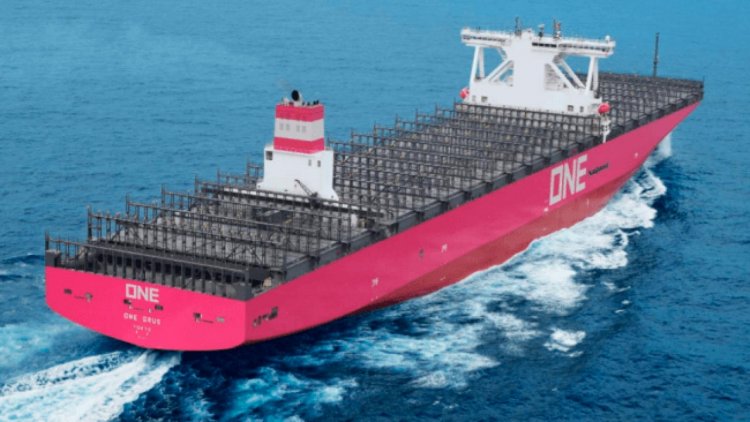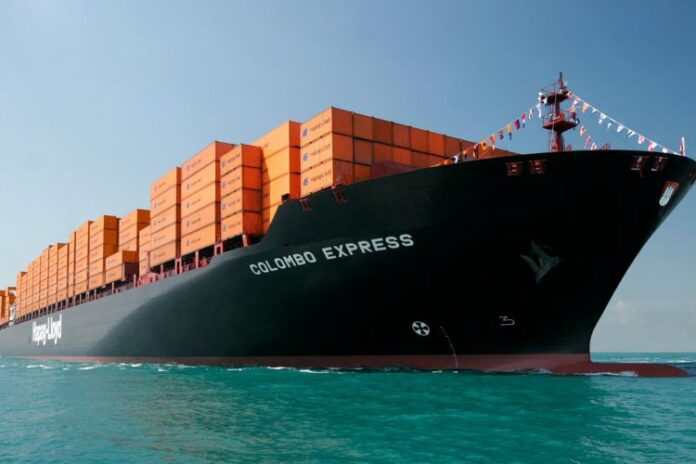Hapag-Lloyd and Singapore-based Ocean Network Express (ONE) Pte. Ltd. have completed integration onto the TradeLens platform, helping ensure a more timely and consistent view of logistics data for their containerized freight around the world. TradeLens is a neutral, third-party platform launched by IBM and A.P. Moller – Maersk to help modernize the world’s supply chain ecosystems and is run on IBM Cloud and IBM Blockchain.
Since the completion of multiple pilot projects as well as the integration, Hapag-Lloyd and ONE, the world’s fifth and sixth largest carriers respectively, are now working to help their clients and business partners across all major geographies benefit from TradeLens’ ability to increase efficiency and improve access to information. They join foundation carriers A.P. Moller – Maersk, as well as CMA CGM and MSC Mediterranean Shipping Company (MSC) who both completed their pilots and integration in October 2020, and five other carriers already inputting shipping data into the TradeLens platform.
Additionally, TradeLens continues to rapidly on-board new organizations from across the shipping industry, recently adding shippers and importers including Van den Ban Tires which use the platform to address back office inefficiencies and improve the visibility of cargo. Recently, KLog.co also became the first freight forwarder in Latin America to join TradeLens to improve efficiency, decrease operational costs and advance KLog.co’s goal of opening up international trade to all companies in the region, no matter the size of the business.
Rolf Habben Jansen, CEO of Hapag-Lloyd, said:
“TradeLens technology holds great potential to help enable the digitization of supply chain processes and documentation handling. Our customers will clearly benefit from increased transparency, accuracy, speed and efficiency in their supply chains – leading to reduced cost.”
The TradeLens ecosystem now includes more than 300 organizations – encompassing ten ocean carriers and data from more than 600 ports and terminals. TradeLens has already processed 42 million container shipments, nearly 2.2 billion events and some 20 million documents. In total, five of the top six global shipping carriers are now integrated onto the platform contributing to the digitization of documentation and automated workflows.

Photo: ONE
Jeremy Nixon, CEO of Ocean Network Express, said:
“We believe TradeLens can bring together all parties in the supply chain to the digital ecosystem where customers can get seamless, transparent and secure sharing of shipping milestones and trade documents. With its open standards and open governance, it can benefit our customers and the entire industry to drive for digitalization and automation.”
TradeLens offers shippers and freight forwarders direct, permissioned access to digitized, multi-carrier visibility and documentation processes through a single platform, reducing the need for paper-based processes and giving participants in global trade a single, up-to-date picture of the flow of their goods.
Through the TradeLens platform, network participants can easily connect their key supply chain partners to the digital platform as well, allowing data and documents to be published and consumed more quickly and only among permissioned parties.
Mike White, CEO GTD Solutions and Head of TradeLens, said:
“A huge barrier to global trade has long been the inability for customers to securely share crucial information regarding the status of goods in an easily accessible and transparent way. By addressing this problem, the TradeLens ecosystem has grown rapidly, and the onboarding of Hapag-Lloyd and ONE along with their customers helps extend the value of TradeLens across the entire TradeLens ecosystem, enabling connectivity to two-thirds of global containerized freight for all customers and other permissioned parties through a single platform. All participants benefit from reduced manual processes, while also streamlining processes from automation and improved forecasting.”



